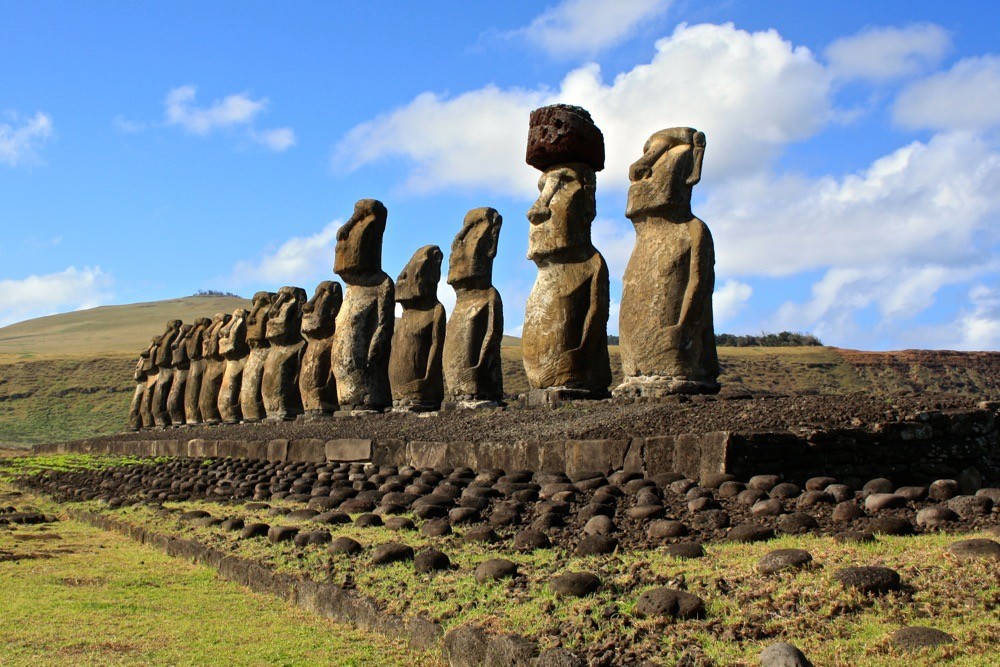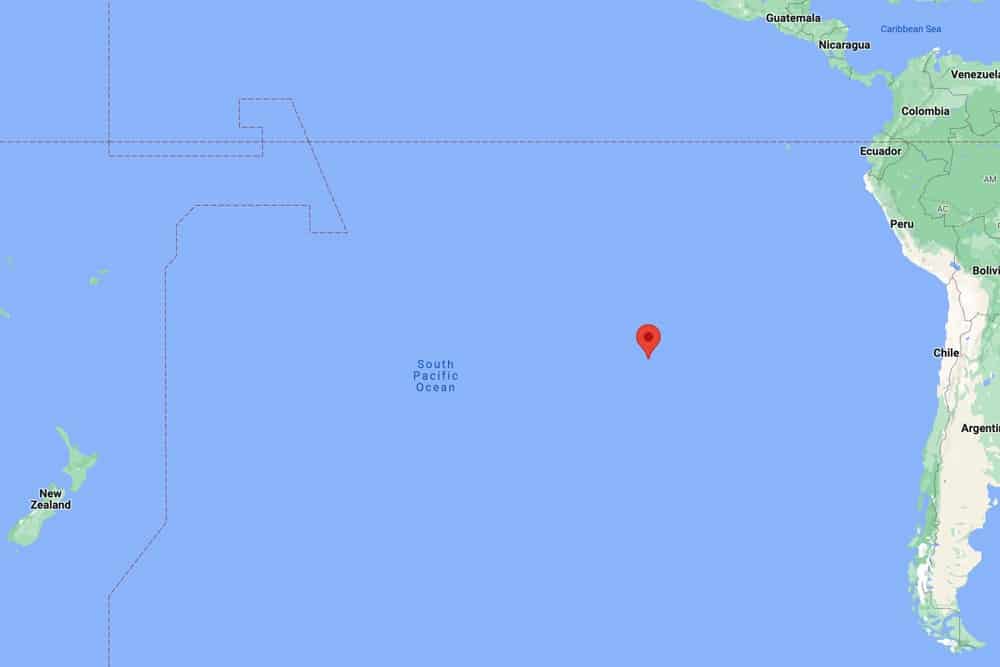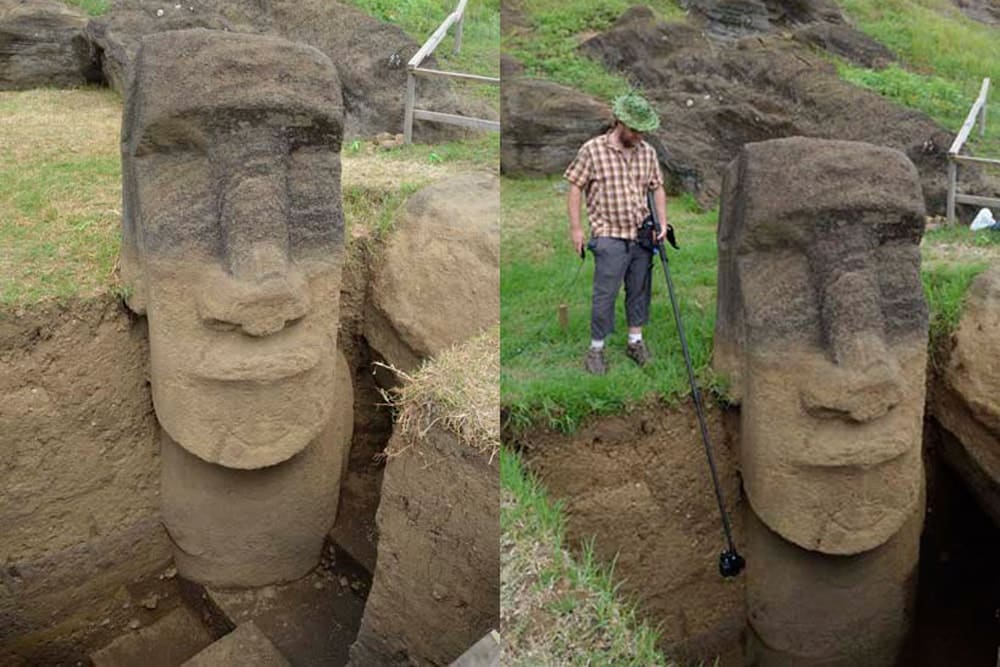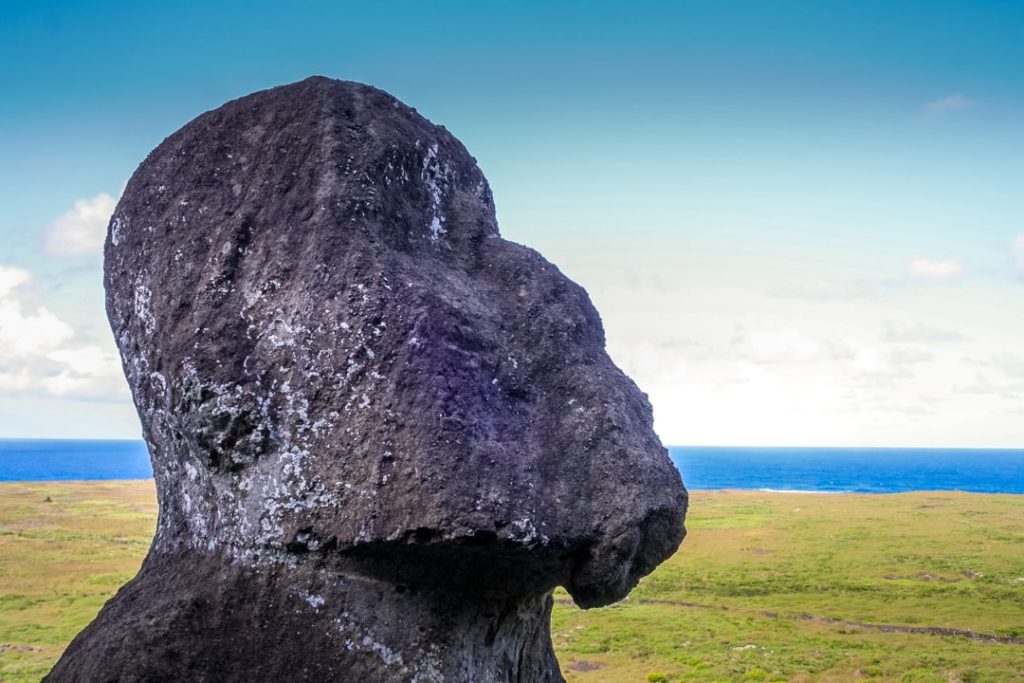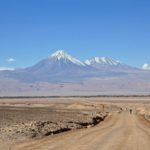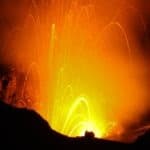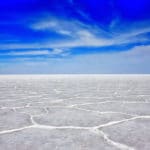We examine the island’s history and explain some of the most interesting facts about Easter Island
This remote Pacific island is not only beautiful but full of mystery. The open-air museum in the middle of the Pacific Island has some of the world’s most recognisable images.
Generally, however, mankind knows surprisingly little about these great hunks of rock and the island they reside on. It is this intriguing history that makes Easter Island one of humanity’s enduring travel mysteries.
Interesting facts about Easter Island
We spent five days on the heart-stoppingly beautiful island, learning about the history and mystery that surrounds this one-of-a-kind destination.
1. Easter Island is in the middle of nowhere
First things first, Easter Island is a long way from anywhere.
In fact, it is one of the most remote communities in the world. Its closest inhabited neighbour is Pitcairn, 2,000km (1,200mi) to the west while the nearest continental land lies in Chile at a distance of 3,700km (2,300mi).
Additionally, Motu Nui, an islet just south of Easter Island, is one of the closest landmasses to the oceanic pole of inaccessibility – one of the hardest-to-reach places on the planet. In short, it’s not a short hop.
(Source: Lonely Planet, NASA)
2. It’s a UNESCO World Heritage Site
Rapa Nui National Park has been inscribed as a UNESCO World Heritage Site since 1995. The national park is a protected area of Easter Island concentrating on the legacy of the Rapa Nui culture. The Rapa Nui National Park covers approximately 40% of the island.
(Source: UNESCO)
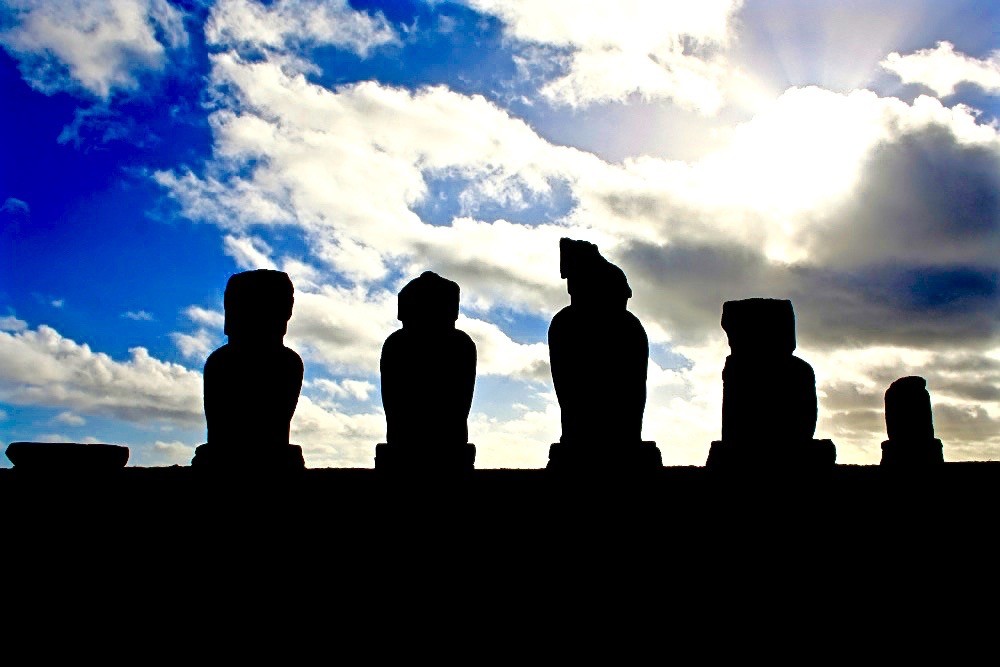
3. There are more than you might think
It’s estimated there are around 900 statues in total on Easter Island. There are also over 300 ceremonial platforms as well as thousands of structures related to agriculture, funeral rites, housing and production and other types of activities.
(Source: UNESCO)
4. No one knows how the statues were moved
Of all the interesting Easter Island facts, the transportation of the island’s statues (“moai”) is considered remarkable given that they were moved 18km (11mi) across the island without the use of wheels, cranes or large animals.
Scientists have tested several theories most commonly concluding that islanders used a combination of log rollers, ropes and wooden sledges.
In 2011, however, Terry Hunt of the University of Hawaii and Carl Lipo of California State University Long Beach worked with National Geographic to prove that a mere 18 people could move a 3m (10ft) moai replica weighing 5 tonnes a few hundred metres with just three strong ropes and some practice.
It’s unclear if this method would have worked on Paro, the tallest moai erected at almost 10m (33ft) in height and 82 tonnes in weight, or indeed the heaviest moai which weighs a whopping 86 tonnes.
(Source: National Geographic)
5. Guess how Easter Island got its name…
The original inhabitants called the island Rapa Nui meaning “Great Rapa” or Te Pito te Henua meaning “Navel of the World”.
The name Easter Island was given by Dutch admiral Jacob Roggeveen who was the first recorded European visitor to the island. He landed on Easter Sunday – 5th April 1722
(Source: Encyclopædia Britannica)
6. The huge heads have (huger) bodies
Archaeologists have known since the earliest excavations in 1914 that the Easter Island statues have bodies. The public, however, widely referred to them as ‘Easter Island heads’ because the most commonly photographed moai were those buried up to their shoulders.
In 2012, photos of an excavation coupled with a photo taken in the 1950s began to circulate, illustrating just how big the statues actually are. Scientists also discovered the statues were covered with intricate carvings or “tattoos”.
(Source: Easter Island Statue Project, The Mirror)
7. And the winner is…
The tallest known Easter Island statue is 12m (39ft). It was excavated from 1955 to 1956 by famed Norwegian explorer Thor Heyerdahl.
(Source: Encyclopædia Britannica, Kon-Tiki Museum)
8. A Finnish tourist once stole a moai ear
In 2008, a Finnish tourist was found on Anakena beach hacking an ear off a moai. An islander saw Marko Kulju, 26, fleeing from the scene with a piece of the statue in his hand. She reported the incident to the Police who identified Kulju by the tattoos on his body.
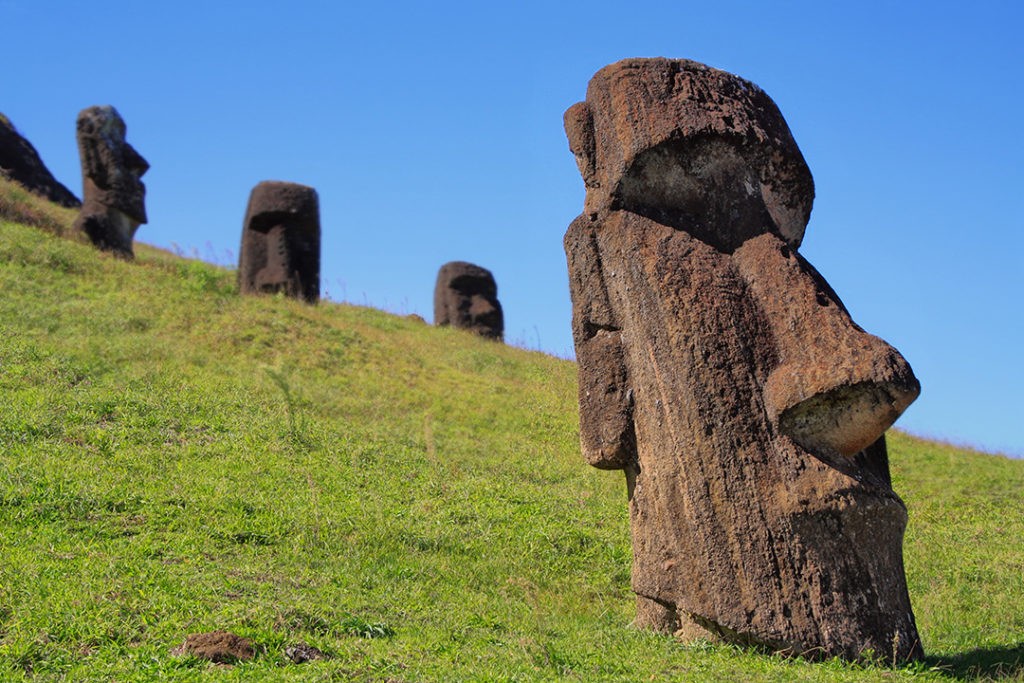
The Finn was placed under house arrest and fined nearly $17,000 USD – light punishment given that he was facing up to seven years in prison. Kulju issued a public apology through a Chilean newspaper shortly after his capture.
As a consequence of the incident, there are tighter controls on tourist access, with one quarry being cordoned off far from the main attraction. Thanks a lot, Marko!
(Source: The Guardian)
9. The statues may have been an antidote to leprosy
Dr Anneliese Pontius, an associate clinical professor of psychiatry at Harvard Medical School, has a theory that islanders created the figures to counter the effects of leprosy.
According to her hypothesis, the shock of seeing deformity on the features most important in social interaction (face, hand, fingers, arms) may have driven islanders to ritually ‘undo’ the damage by creating moai with over-corrected features.
These efforts to reverse leprosy may have been in lieu of banishing the affected to other islands as they had been elsewhere (e.g. Hawaii, Molokai).
The symptoms of leprosy vs. their over-corrected moai equivalents are listed below, as described in Dr Pontius’s paper.
- Leprosy’s destruction of the nose cartilage is countered by pronounced noses and stylised nostrils.
- Downward placement of the mouth with lower hanging lip and bared teeth (due to facial nerve paralysis) vs. moai’s upward placement of the lips. No teeth are visible.
- Lips retracted and swollen vs. pursed upward and thin.
- “Claw hand” vs. extended fingers in a straight fashion. The elongated fingers lie in a horizontal line across the abdomen.
- Disturbances of fingers and nails vs. moai’s well-delineated fingertips and nails.
10. There is an ugly duckling that no one can explain
This is perhaps the most curious of all the interesting Easter Island facts. All the statues on Easter Island have distinctive elongated features and follow a certain aesthetic. Tukuturi, however, seems far more human. It is far smaller than the other moai and seems to be in a kneeling position with its hands on its legs.
Tukuturi’s head is round and more human-like and appears to have a small beard. What’s more, while the other moai were carved at the stunning site of Rano Raraku, Tukuturi was made from a different material (the reddish stone of Puna Pua) and then brought to Rano Raraku. No one knows why it’s so different.
(Source: Angus Sutherland, Ancient Pages)
11. The statues were toppled by angry islanders
No one argues that at one stage in its history, Easter Island went through devastating deforestation. The prevailing theory has long been that the islanders felled (or burned) trees to clear land and carve canoes to serve the growing population, and possibly to transport the moai.
More recent theories suggest that the wide-scale deforestation was the work of Polynesian rats that came over with the first canoes. What anthropologists do agree on is that at some point in the 1700s, there was a rebellion or rioting by the islanders.
Tired of dwindling resources, clans began to clash, tearing down each other’s moais. It’s reported that by 1868, there were no upright statues on the island apart from the partially buried ones on the outer slopes of Rano Raraku. Many have of course since been re-erected.
(Source: Royal Geographical Society, National Public Radio)
12. They’re popular
Before the pandemic, Easter Island received 160,000 visitors a year, arriving on two daily flights from mainland Chile.
(Source: The Telegraph)
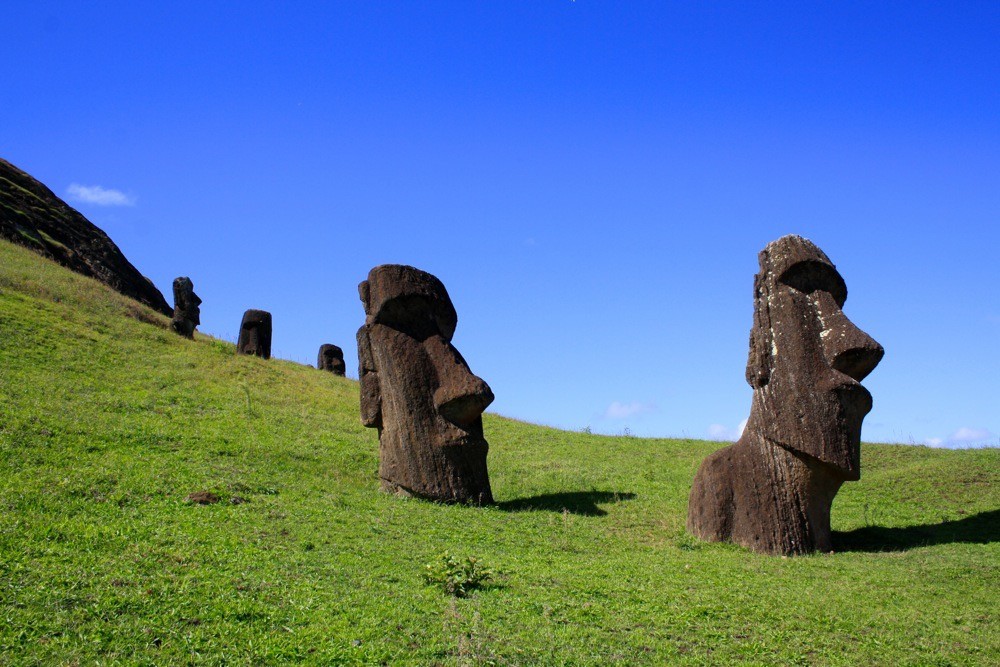
13. They are roughly 500-900 years old
It’s hard to know exactly when the moai were carved, but the best estimate is between 1100 and 1650 AD.
(Source: The Metropolitan Museum of Art)
14. Some statues have topknots
Some of the statues, known as Pukao, have red-coloured hat-like structures or topknots laced on their heads. It is believed the Pukao were built between the 15th and 16th centuries – later than the other statues.
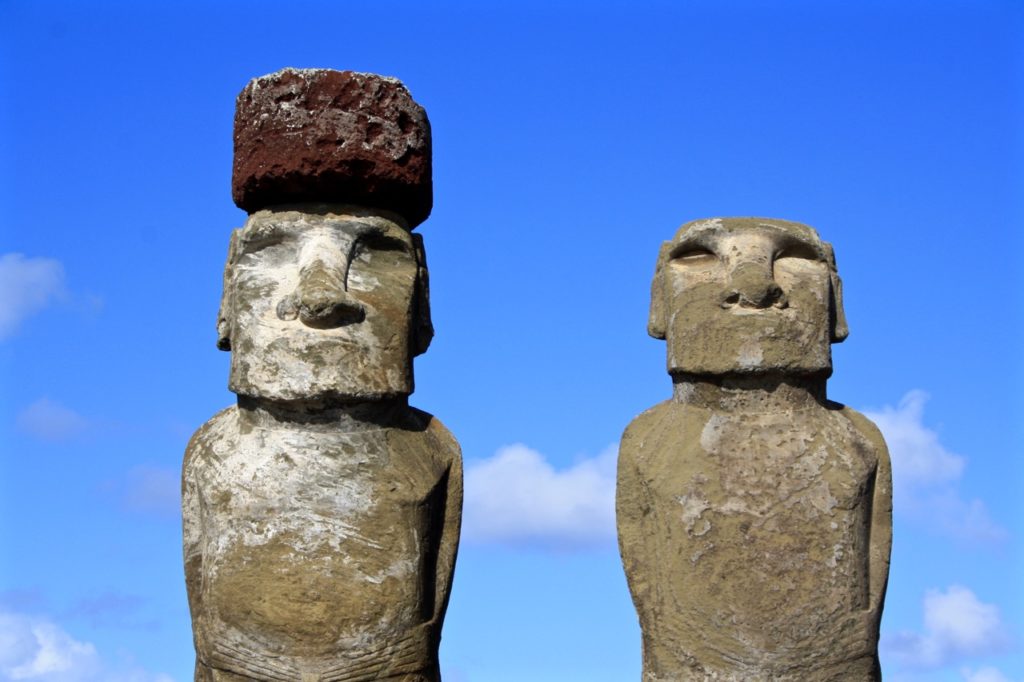
15. Easter Island suffered massive depopulation
In 1722, when Dutch navigator Jacob Roggeveen visited the island, he estimated there was a population of at least 2,000 to 3,000 inhabitants – possibly several thousand more – flourishing in a highly developed society.
However, when Captain James Cook arrived in 1774, his crew counted roughly 700 islanders living marginal lives with the canoes reduced to rotting timbers and rafts.
No one is entirely sure what caused this society to collapse so quickly and so dramatically in less than half a century. Theories include deforestation, civil war and even rats but no one knows for sure.
(Source: Encyclopædia Britannica, The Independent)
16. The statues were damaged by a huge forest Fire
In 2022, a forest fire swept across much of the national park causing “irreparable” damage to the archaeological site, including several moai statues.
(Source: Smithsonian)
Enjoyed this post? pin it for later…
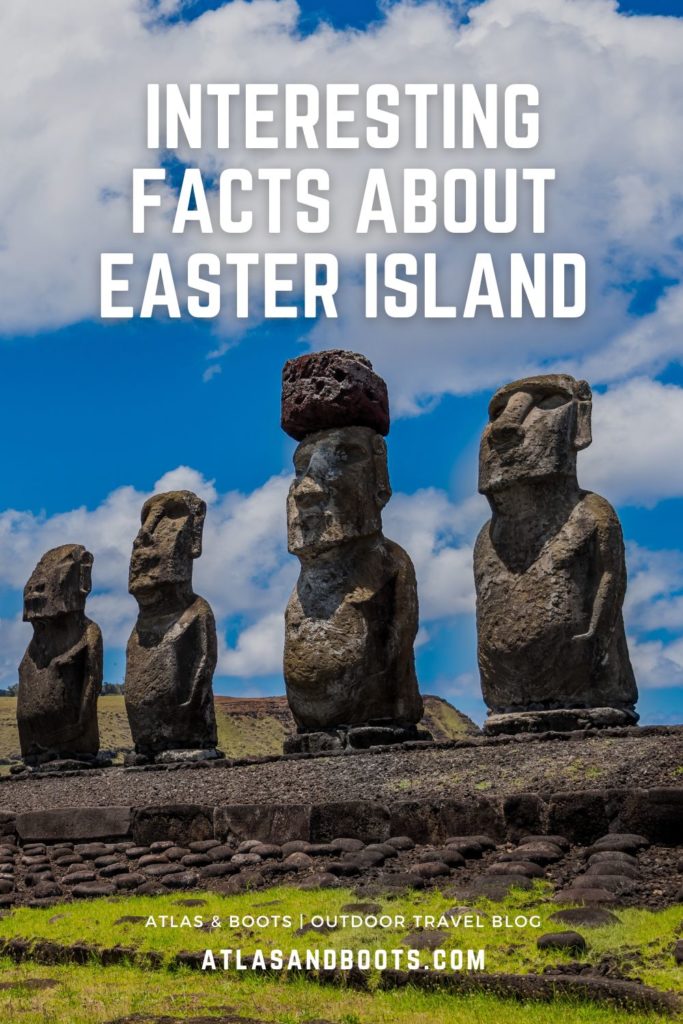
Lonely Planet Chile & Easter Island includes a comprehensive guide to Easter Island, ideal for those who want to both explore the top sights and take the road less travelled.
